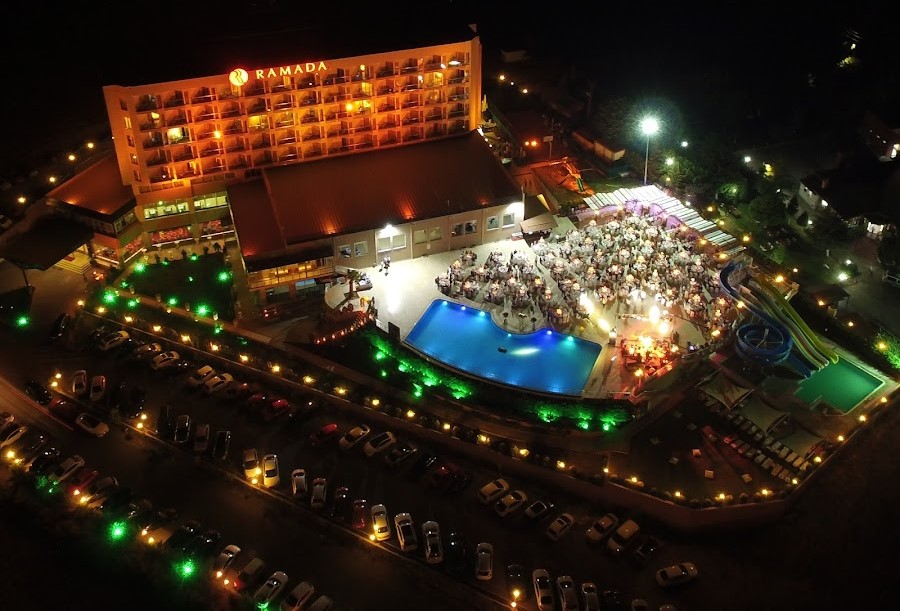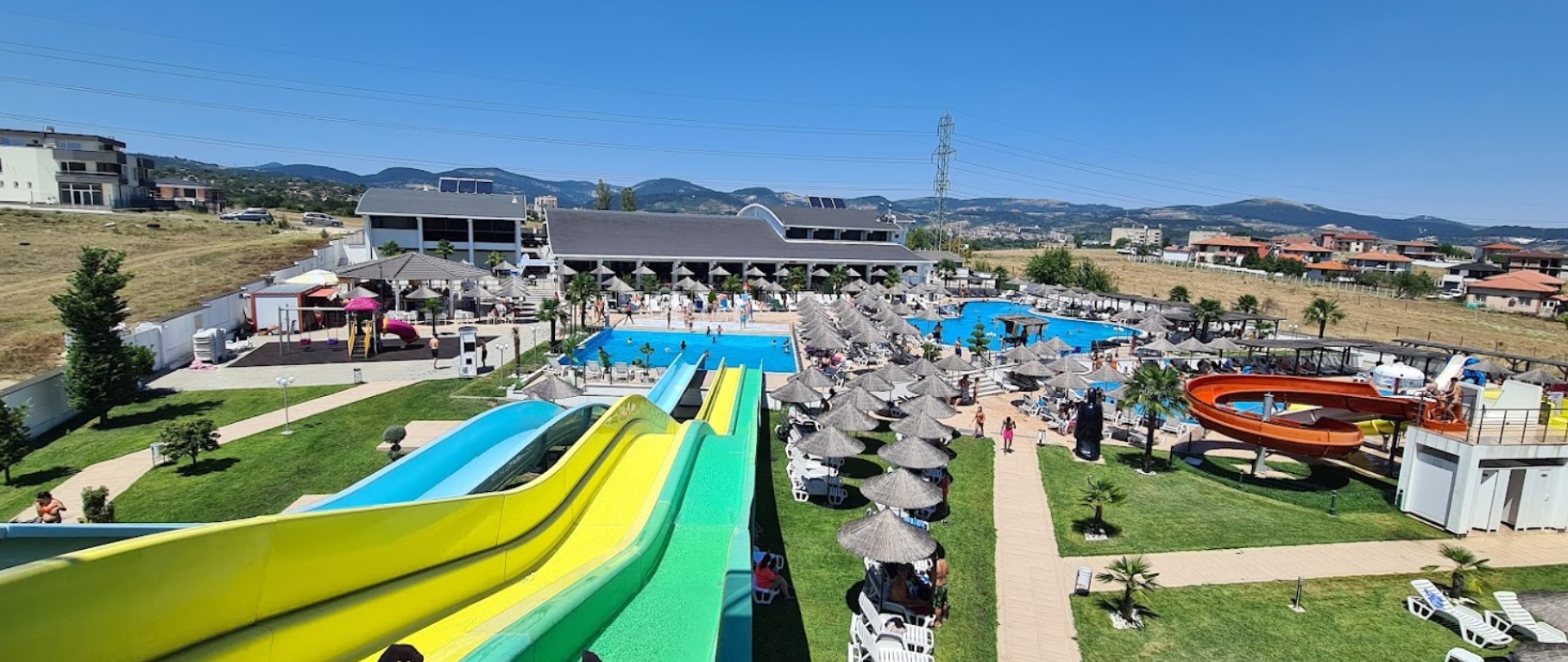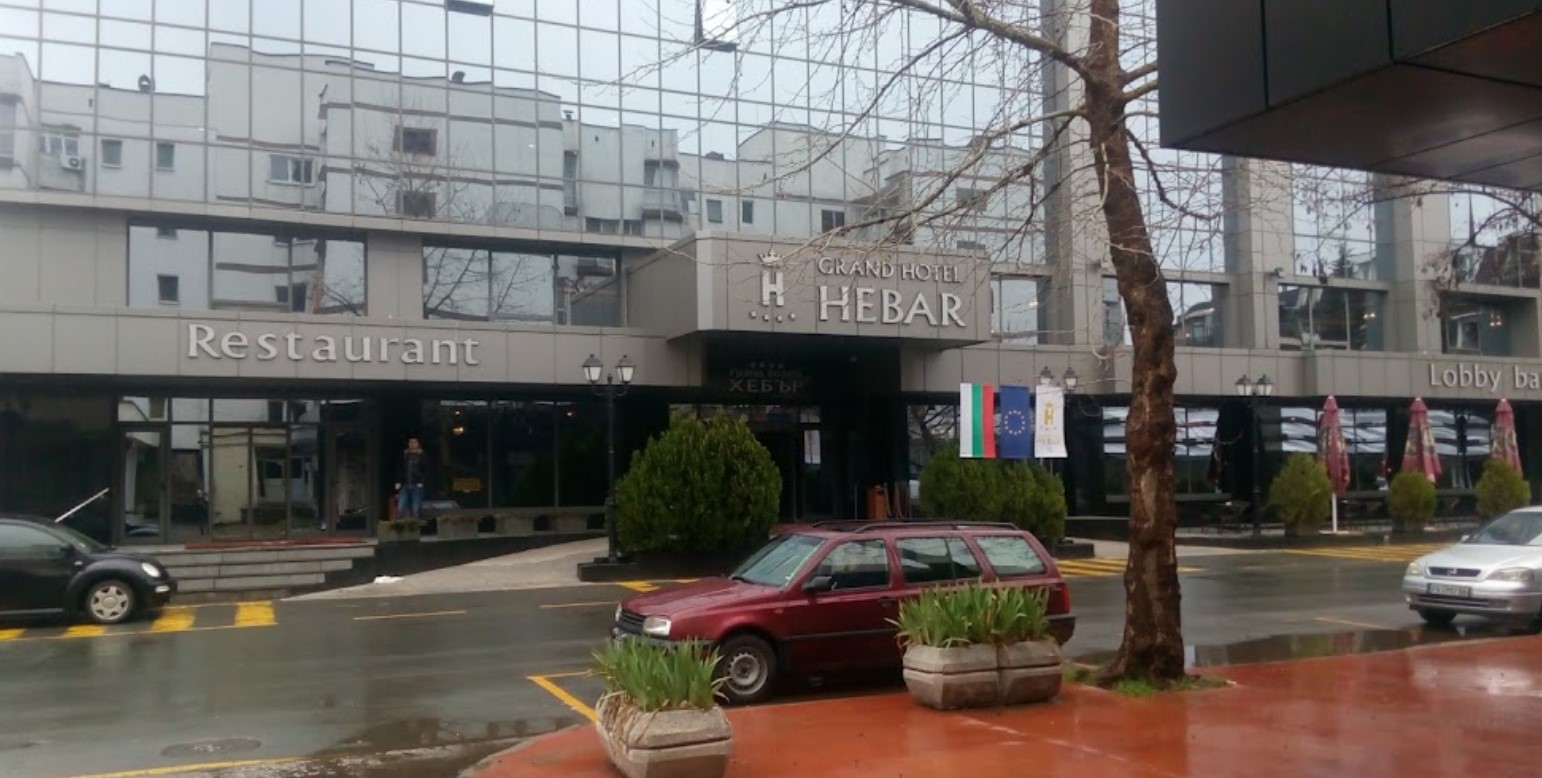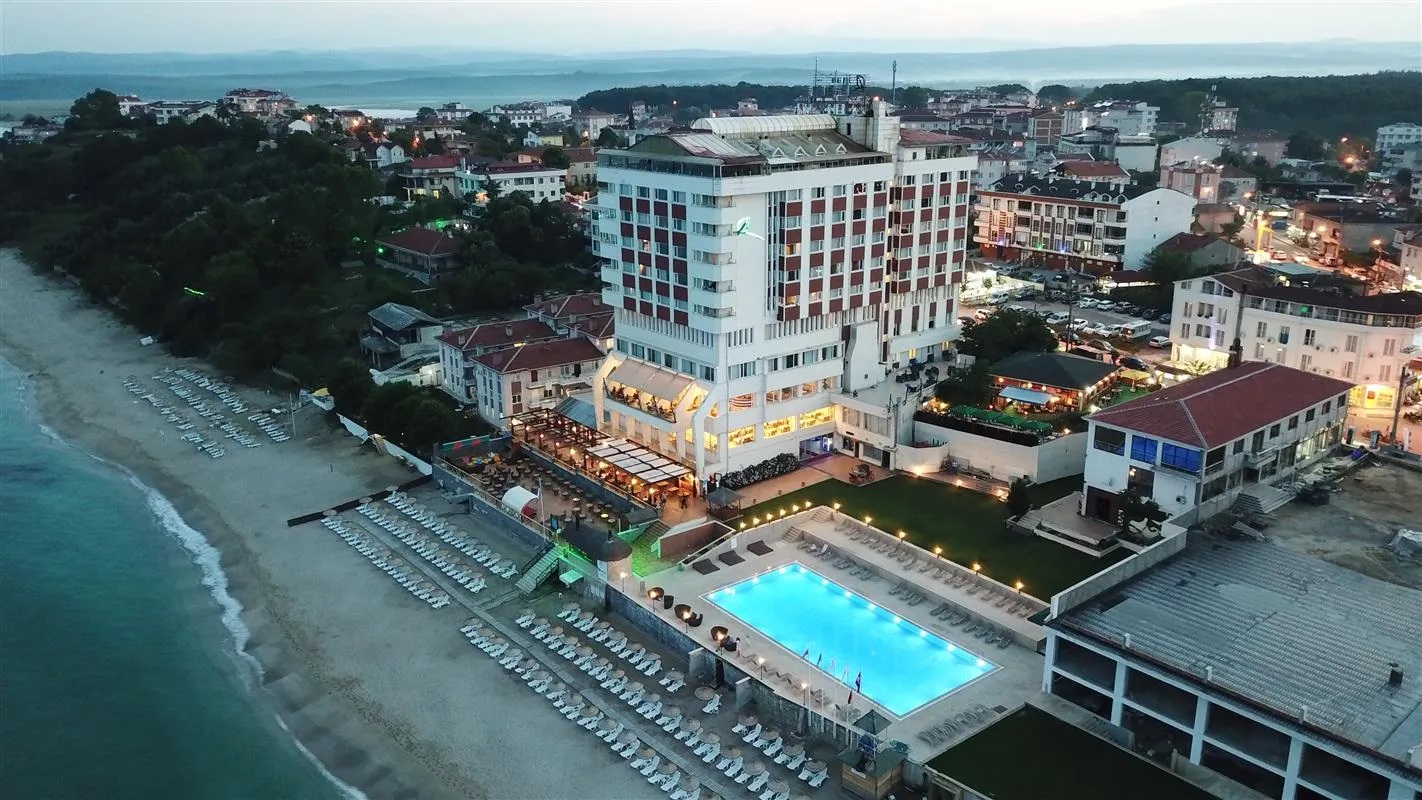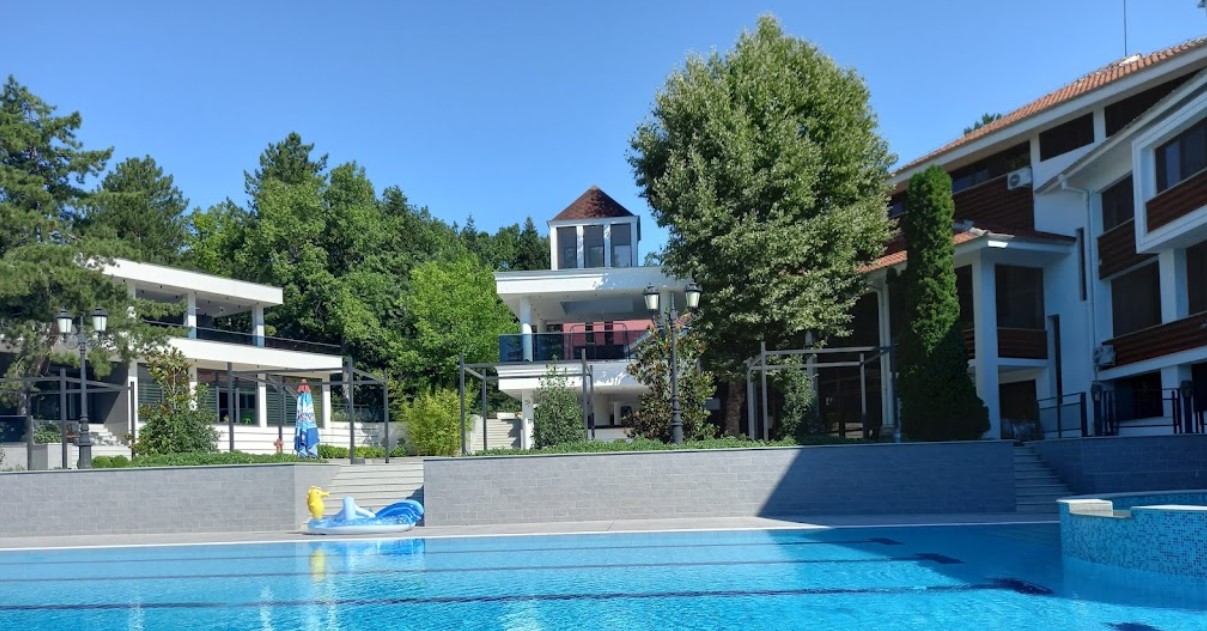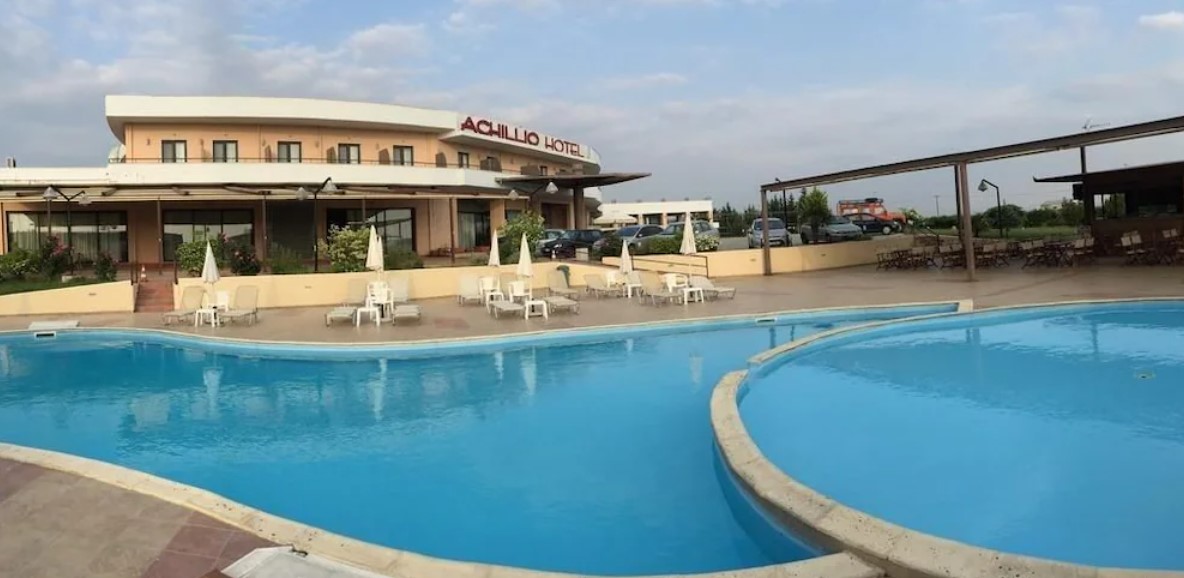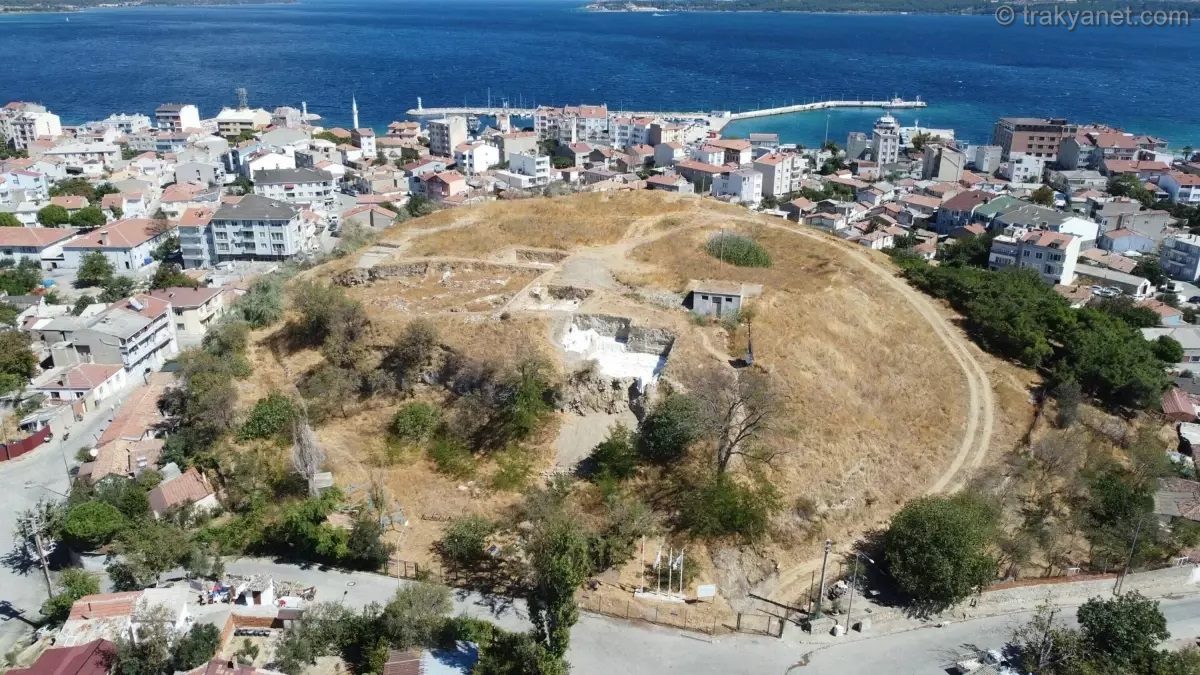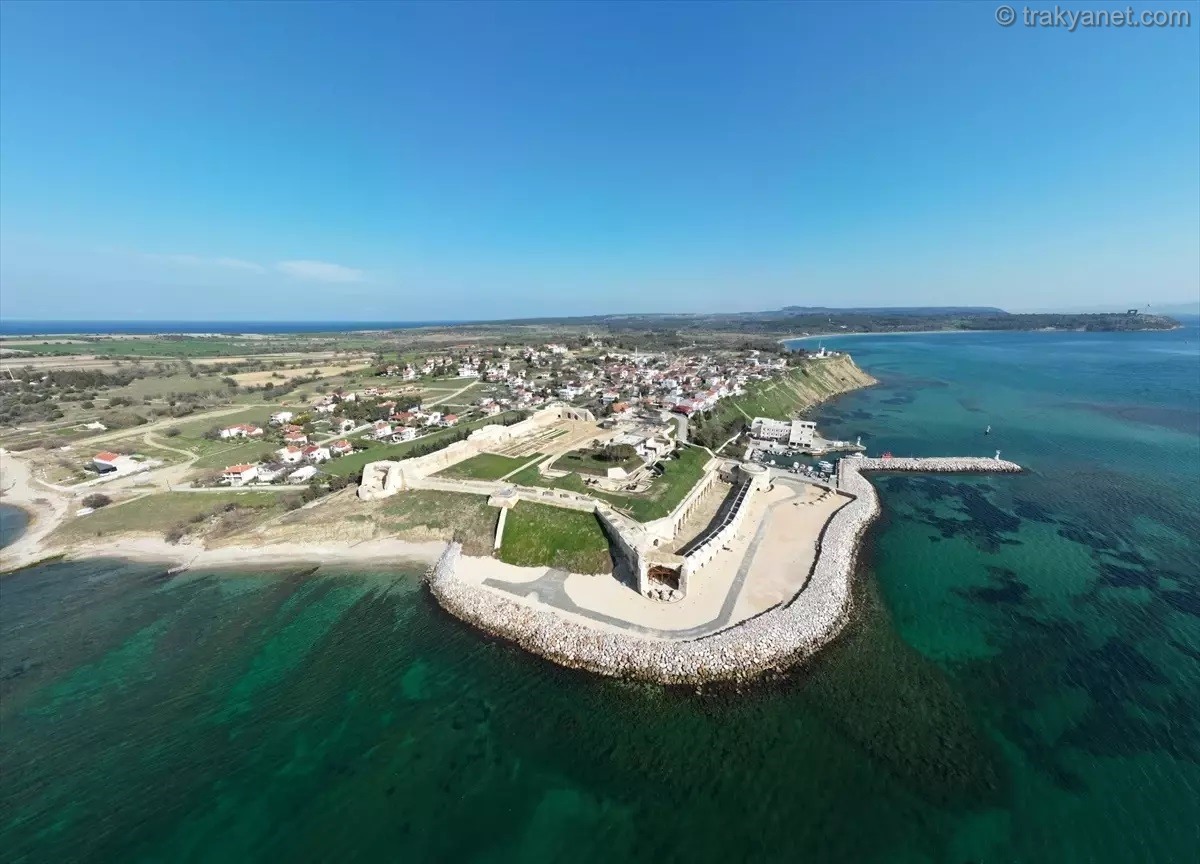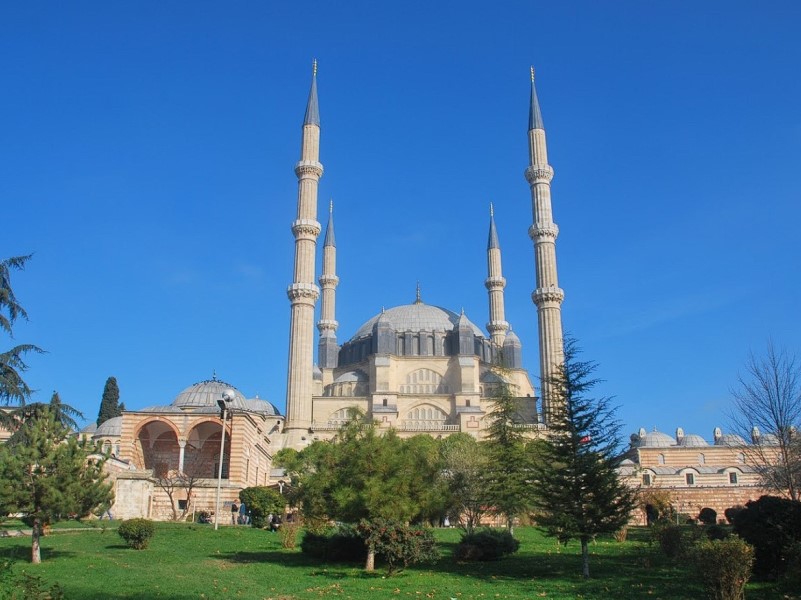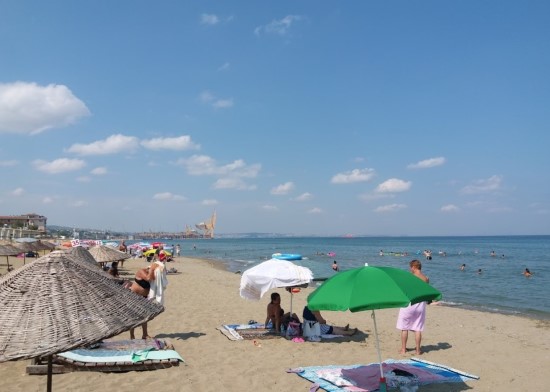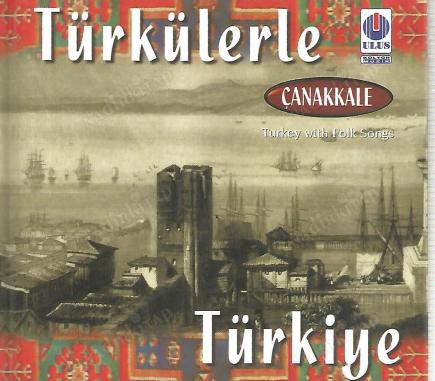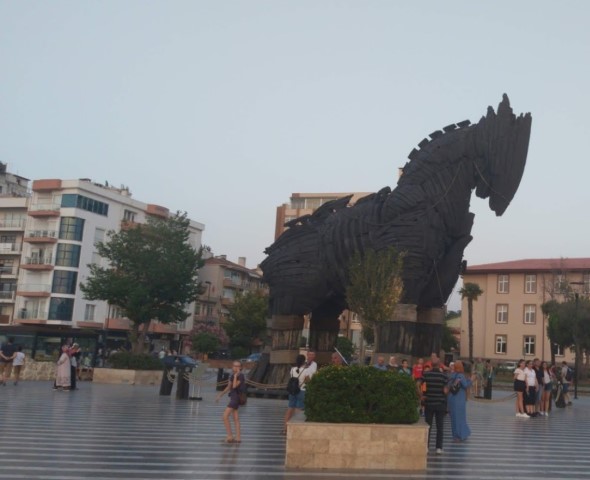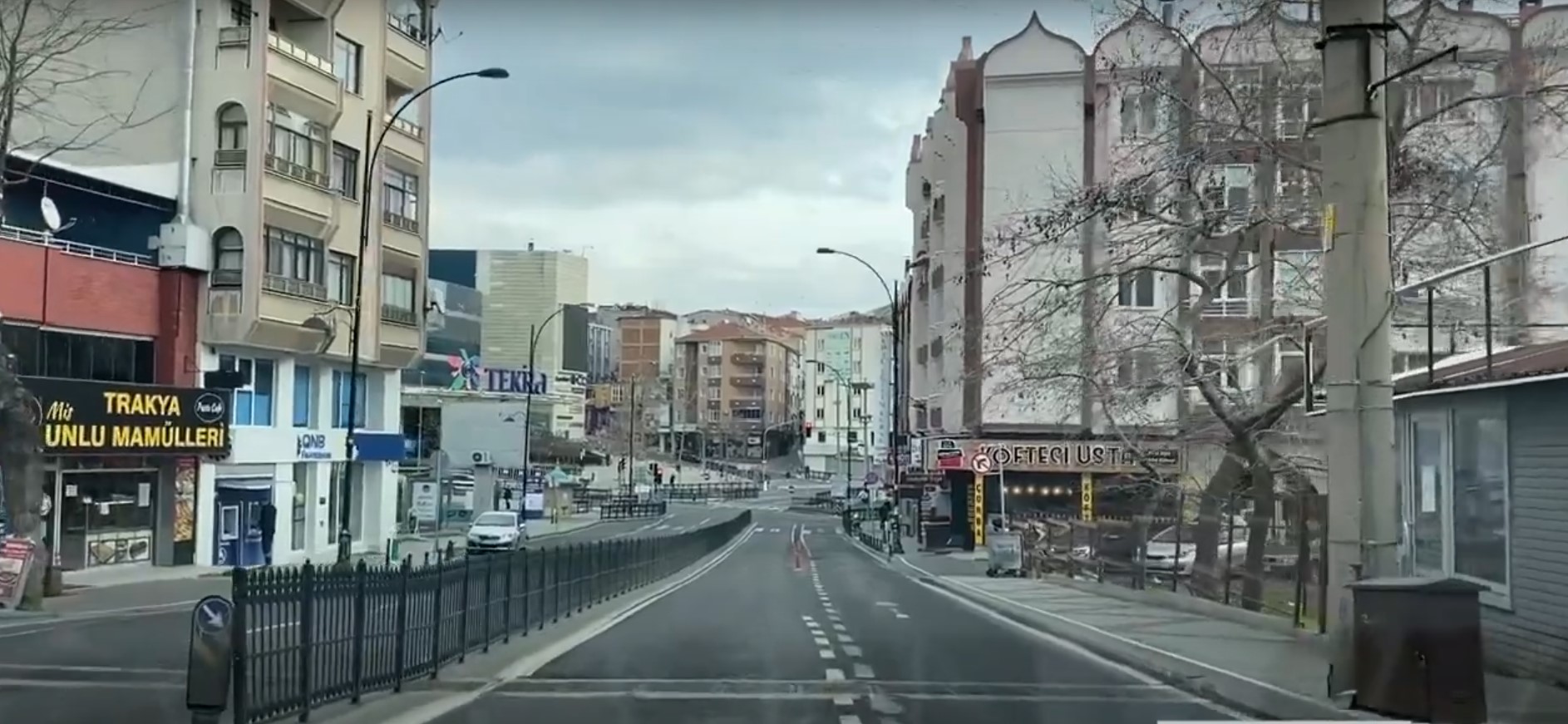Excavations at the Maydos Kilisetepe Mound in the Eceabat district of Canakkale have revealed that the Trojan War was not actually fought between the Trojans and Thracians, but rather between coalitions in the Anatolian and Aegean regions. Associate Professor Dr. Goksel Sazci, head of the excavations, emphasized that the data obtained provides a more realistic basis for war narratives in mythology.
Data obtained during excavations at the 5,000-year-old Maydos Kilisetepe Mound in the Eceabat district of Canakkale have revealed that the Trojan War was not fought between the Trojans and the Thracians. Assoc. Prof. Dr. Goksel Sazci, the head of the excavation, said, "With the findings unearthed in Maydos, we understand that there was actually no war between the Thracians or the Trojans, but that this war probably took place between the Trojans, that is, the Anatolian coalition and the Aegean coalition, as described in mythology."
Excavations at the Maydos Kilisetepe Mound in the Eceabat district, which have been ongoing since 2010, continue with a team of 25 people under the direction of Assoc. Prof. Dr. Goksel Sazci, a faculty member at the Archaeology Department of the Faculty of Arts and Sciences of Canakkale Onsekiz Mart University. Data obtained from the findings unearthed during this year's excavations have revealed that the Trojan War did not take place between the Trojans and the Thracians. Assoc. Prof. Dr. Göksel Sazcı stated that the excavations at the Maydos Kilisetepe Mound are continuing with support from the General Directorate of Cultural Heritage and Museums, the Canakkale Governorship, and ICTAS A.S., saying, "We have been trying to uncover Bronze Age city walls for several years during the excavations. Our work has different goals. One of these is to thoroughly investigate the transition period from the Early Bronze Age to the Middle Bronze Age at Troy, which is not well known. We are also investigating the periods coinciding with the Trojan War and the period following the Trojan War, known as the 'dark period.'"
'NO WAR IS OUT OF THE ISSUE'
Assoc. Prof. Dr. Sazci continued: "The Churchtepe Mound in Maydos is roughly the same size as the Troy Mound. In other words, it's a contemporary settlement. There was a war and a fire layer in the Troy settlement around 1200 BC. This destruction layer is associated with the Trojan War. A new phase of settlement lies directly above this layer. Due to the presence of Thracian remains, it was believed in recent Troy excavations that the Thracians caused this destruction, contrary to mythology. With this new data, we can make different interpretations about the Trojan War. There are no Thracian finds in this destruction layer at Troy. There are 5-6 different arrowheads, which also indicate that this war was fought against a coalition. The Thracian finds are above this fire layer. Since there's no fire layer at Maydos, we can say that after this war, the Thracians living in this region crossed over and settled in Troy, which had been destroyed in the war. In other words, there was a war between the Trojans and Thracian tribes." "not."
'WE CAN SAY THAT MYTHOLOGY IS CLOSER TO THE TRUTH WITH THE FINDS UNCOVERED IN MAYDOS'
Assoc. Prof. Dr. said that since there were Thracian ruins on the fire layer in the Troy excavations, it is thought that the Trojan War took place between the Thracians and the Trojans and not between the Achaeans, that is, the Greeks, or the Anatolians, as described in mythology. Sazcı said, "The findings unearthed in Maydos suggest that the Thracians and Trojans did not fight, and that the Thracians living in this region migrated across to Troy after the war. The most important data in Troy belong to the Thracians after the war. There are two types of ceramics found. One is a type of ceramic with finger impressions called 'barbarian ceramics.' The other is 'ridged' ceramics. These were not found in Troy before, but were discovered after this war layer. Architecturally, in the post-war finds, the lower row of foundation stones of the houses were placed vertically, like orthostats, and then horizontally. This is a feature not seen in Troy before, and it was seen after the 1200s, after this fire layer. In Maydos, these data exist from the oldest layers. With this data, we can say that the Thracians lived here. Mythologically, the war described in the epic could be described as a Trojan-Anatolian coalition against the Greek coalition. Such a legend about the Trojan War... "But archaeological findings suggest that this war was not against the Greek coalition mentioned in mythology with the Trojans, but against the Thracians. We interpreted the findings at Troy accordingly. The findings unearthed at Maydos indicate that there was no war between the Thracians and the Trojans, but rather that the war likely took place between the Trojans, that is, the Anatolian coalition and the Aegean coalition, as described in mythology. With the findings unearthed at Maydos, we can say that the mythology is closer to reality," he said.








